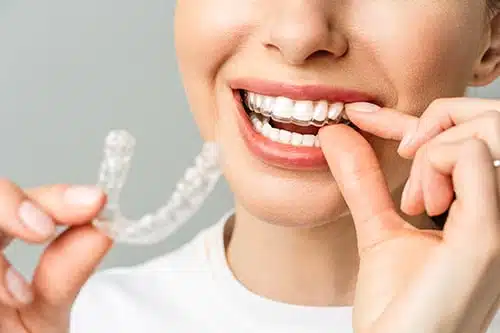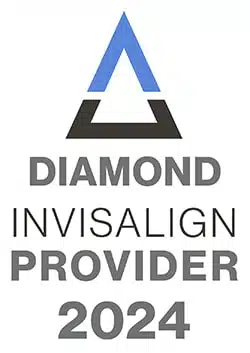INVISALIGN CLEAR ALIGNERS


Your Chula Vista Invisalign Expert
Dr. Cruz distinguishes himself not only with his exceptional Invisalign expertise but also as a recognized Diamond Invisalign Provider, a testament to his extensive experience and success in treating a high volume of patients with this innovative technique. His ability to craft personalized, discreet treatment plans is enhanced by his commitment to the latest in orthodontic advancements, ensuring every patient, from teens to adults, embarks on a seamless and comfortable path to achieving their perfect smile. Click to learn more about the significance of being a Diamond Invisalign Provider and how it benefits our patients.
as a recognized Diamond Invisalign Provider, a testament to his extensive experience and success in treating a high volume of patients with this innovative technique. His ability to craft personalized, discreet treatment plans is enhanced by his commitment to the latest in orthodontic advancements, ensuring every patient, from teens to adults, embarks on a seamless and comfortable path to achieving their perfect smile. Click to learn more about the significance of being a Diamond Invisalign Provider and how it benefits our patients.
What is Invisalign?
Invisalign represents the cutting edge in orthodontic technology, offering a discreet and modern alternative to traditional metal braces. This innovative approach uses clear, plastic trays called aligners, custom-made to fit your teeth. Designed using advanced 3D imaging technology, these aligners are both effective and comfortable, applying gentle pressure to gradually shift your teeth into their ideal positions. The best part? Their near-invisibility means most people won't even notice you're undergoing orthodontic treatment.
The flexibility of Invisalign aligners sets them apart from conventional braces. Easily removable, they allow you to eat, brush, and floss without any hassle, integrating seamlessly into your daily life. This means you can enjoy your favorite foods and maintain optimal oral hygiene throughout your treatment. Additionally, Invisalign’s convenience extends to fewer orthodontic visits for adjustments, saving you time and effort.
Invisalign is the perfect choice for anyone seeking a straighter smile without the visibility and dietary restrictions of metal braces. Ideal for both adults and teens, it offers an effective, aesthetic, and comfortable solution for various orthodontic needs. Embrace the path to a beautiful smile with Invisalign’s blend of innovation, aesthetics, and convenience.
How Invisalign Works
Invisalign works using a series of clear, custom-made aligners that fit snugly over your teeth. Each set of aligners is designed to make small adjustments to the position of your teeth. As you switch to a new set every couple of weeks, your teeth gradually and gently shift into their desired place.
The aligners are made with 3D computer imaging technology, ensuring they are perfectly tailored for your mouth. One of the best parts of Invisalign is its flexibility – you can remove the aligners to eat, brush, and floss.
This innovative approach to orthodontics combines comfort, convenience, and effectiveness, making it a popular choice for achieving a straighter smile without the appearance of traditional braces.

